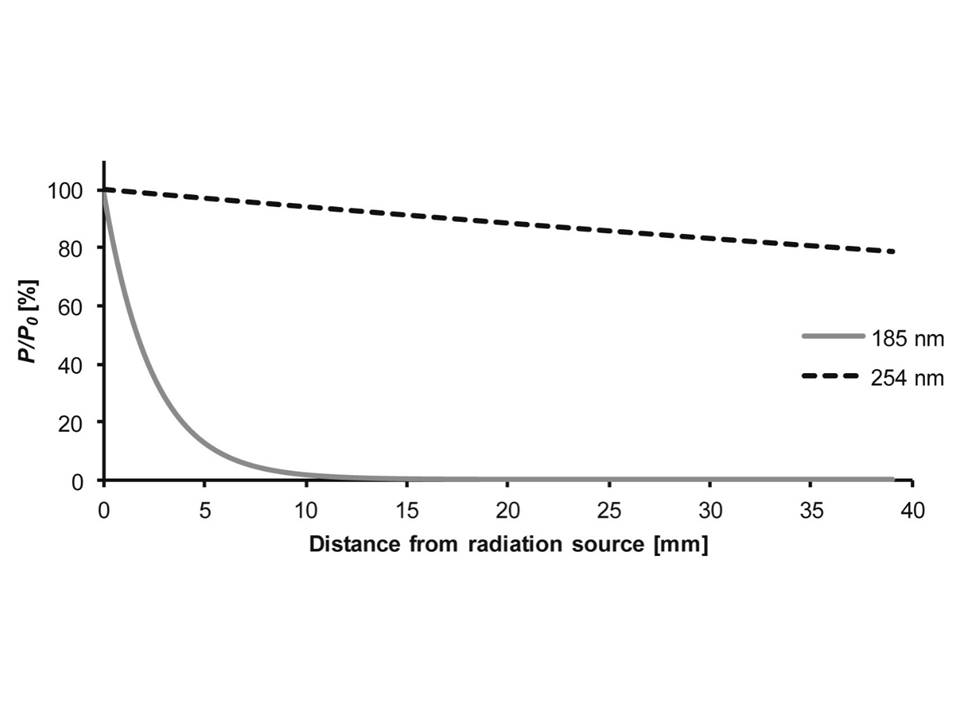Chemical Science & Engineering Research
Title
Vacuum-UV Radiation at 185 nm for Disinfecting Water
Authors
Djamel Ghernaout*a,b and Noureddine Elboughdiria,c
aChemical Engineering Department, College of Engineering, University of Ha’il, PO Box 2440, Ha’il 81441, Saudi Arabia
bChemical Engineering Department, Faculty of Engineering, University of Blida, PO Box 270, Blida 09000, Algeria
cDépartement de Génie Chimique de Procédés, Laboratoire Modélisation, Analyse, et Commande des systèmes, Ecole Nationale d’Ingénieurs de Gabès (ENIG), Rue Omar Ibn-Elkhattab 6029, Gabès, Tunisia
*Corresponding author E-mail address: djamel_andalus@hotmail.com (Djamel ghernaout)
Article History
Publication details: Received: 03rd March 2020; Revised: 09th April 2020; Accepted: 09th April 2020; Published: 06th May 2020
Cite this article
Djamel G.; Noureddine E. Vacuum-UV Radiation at 185 nm for Disinfecting Water. Chem. Sci. Eng. Res., 2020, 2(4), 12-17.

Abstract
The vacuum-UV (VUV) radiation of water leads to the in situ formation of hydroxyl radicals. Low-pressure mercury vapor lamps which emit at 185 nm are potential sources of VUV radiation. Zoschke et al.[1] presented an excellent discussion of the utilization of VUV radiation at 185 nm for treating water comprising the conversion of inorganic and organic water constituents, and the disinfection performance. One more focal point stays on the production of ozone via VUV radiation from oxygen or air and the usage of the formed ozone in integration with VUV irradiation of water in the VUV/O3 method. This work focuses on the merits and restriction of the VUV technology at 185 nm as well as likely usages in disinfecting water is outlined. Practically, VUV irradiation stays not a true stand by to traditional methods in water treatment, like adsorption on activated carbon, or to diverse advanced oxidation processes (AOPs) because of the inherent restrictions of the VUV technology. Nevertheless, VUV irradiation bids fresh potentials for particular utilization such as the provision of ultrapure water or as a principal treatment method for decentralized setups. Like for many AOPs, the most suitable use in (large-scale) water treatment remains the implementation as a pre-treatment to improve bio-decomposition.[1]
Keywords
Vacuum-UV (VUV) irradiation; 185 nm; Low-pressure mercury vapor lamps (LPMVLs); Advanced oxidation processes (AOPs); Disinfection; Ozone generation